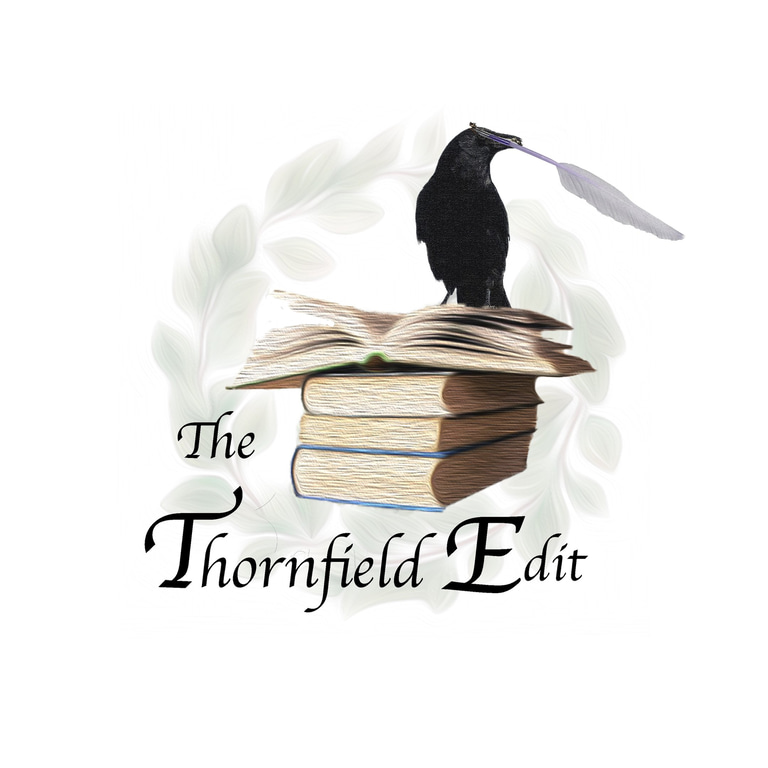Scenes That Earn Their Keep: Stop Wasting Words and Start Moving the Story
Not every scene deserves a spot in your story—only the ones that earn their keep. In this post, we’ll break down how to identify scenes that drive plot, reveal character, and deepen tension, while trimming the ones that drag your pacing. If your writing feels sluggish or your readers are losing interest, this might be the fix your manuscript needs. Pick up our checklist and get to work!
Nicole Spencer
3 min read
Let’s face it—some scenes in a draft are just… lurking. They show up, hang around, sip a coffee, maybe chat a little, but they don’t do anything. And if a scene isn’t earning its keep by moving the story forward, it’s slowing you down.
Great scenes hook your reader, test your characters, stir up trouble, and set the whole plot in motion.
So how do you craft scenes that don’t simply lounge about like background extras in a dimestore novel, but stride onto the page with purpose? The secret, dear writer, lies in a graceful tangle of structure, stakes, and just enough story-fueled mischief to stir the pot. Each scene in your story should possess a hook that beckons readers into the dark and entrances them before they realize they’ve wandered too far to turn back now. Every scene must have escalating complications and delicious, fate-tilting choices that will leave both your characters and your readers breathless.
Come and take my hand, and let’s tiptoe into the curious clockwork of a scene. Together, we’ll peek at the mechanisms beyond the beautiful face of your story and see how each part clicks and whirs to keep it ticking ever onward.
Understanding Your Scene: AKA-The Mini Story
Did you know that each cog (or scene) in your story’s clockwork is a miniature story all its own? It’s true! It should have a beginning, a middle, and an end.
Part 1- Start With a Hook!
A curious line of dialogue or the whisper of something just about to go wrong can instantly captivate your readers’ attention. You don’t want your readers nodding off before they get to the second sentence. Instead, drop them in right where the plot kicks up its skirts and starts to run. Your scene’s opening should lean in close and whisper, “You’ll want to see what happens next.”
Part 2- Give Them a Goal!
Your protagonist is on the page for a reason. A scene without a goal is just a character pacing in the fog—moody, maybe, but going nowhere fast. Give your character something to chase, crave, or dread. Goals can be big or small; perhaps they are simply trying to find their lost left shoe, but they need to want something. Readers need something to root for or even worry about. Without a goal, what are they reading to discover?
Part 3- Conflict is Key!
Now comes the fun part—stirring the pot. Something (or someone) needs to waltz in and make a total mess of your protagonist’s plans. Maybe it’s an unexpected crush, something from their past, a fire-breathing squirrel, or just a creeping doubt that wasn’t there before. Conflict—whether the catastrophic kind or a quiet internal battle—is where your story builds from. No friction, no fire.
Part 4- Change the Path!
Conflict should get progressively worse throughout your scene, as well as your story as a whole. Need an Example? See someone cute and want him to notice you? Dodge that cluster of other, more popular people to introduce yourself- Oops! You stutter when you say your name! Embarrassed, you turn and trip- Now you’re hurt, and they're leaning over you. Yikes- You headbutt them in the nose, trying to scramble to your feet…. I’m guessing they won’t forget you now! Keep the complications stacking higher, like a precarious tower of teacups. With every new scene, turn up the pressure, deepen the trouble, and dial the emotions higher. Each new twist should taste a little spicier, making readers lean in and whisper, “Oh, this is getting good.” The stakes aren’t just rising—they’re simmering toward a deliciously combustible boil. Progressive complications will force your protagonist to change how they will reach their goal….What will you do now?
Part 5- Hit the Crisis Point!
Every scene should build to that heart-stopping instant—the choice that could shatter or save your protagonist’s world. The choice will weigh heavily on readers and protagonists alike. It could be a small, quiet decision or a bold, loud one, but whatever route they take, it must matter! Whatever they choose, big or small, it will have consequences. After this, there is no going back.
Part 6- The Fallout! (Because Every Choice Leaves a Mark)
A scene doesn’t end with your character’s choice—it ends with the fallout. Whether it’s a shattered heart, a slammed door, an epiphany, or even a missed opportunity, something must shift. The air should feel different. Maybe it’s heavier now, oppressive in its cloying weight. It could even feel lighter, like your protagonist can finally breathe again. This is the moment your story exhales, sending ripples across the pages—nudging characters, plotlines, and readers forward. The ripples whisper, “Look what you’ve done now.”
And thus, brave scribe, our tale of scene-building comes to an end—though yours is only just beginning. Remember: every scene is a stepping stone, or a plot-twisting breadcrumb, with ripple-worthy consequences setting you up for the scene to follow.
If your scenes have ever felt like ghostly wanderers, unsure of their purpose, fear not. Below, you’ll find your secret weapon: a Scene Structure Checklist, stitched together for storytellers who long to give their pages a pulse.


